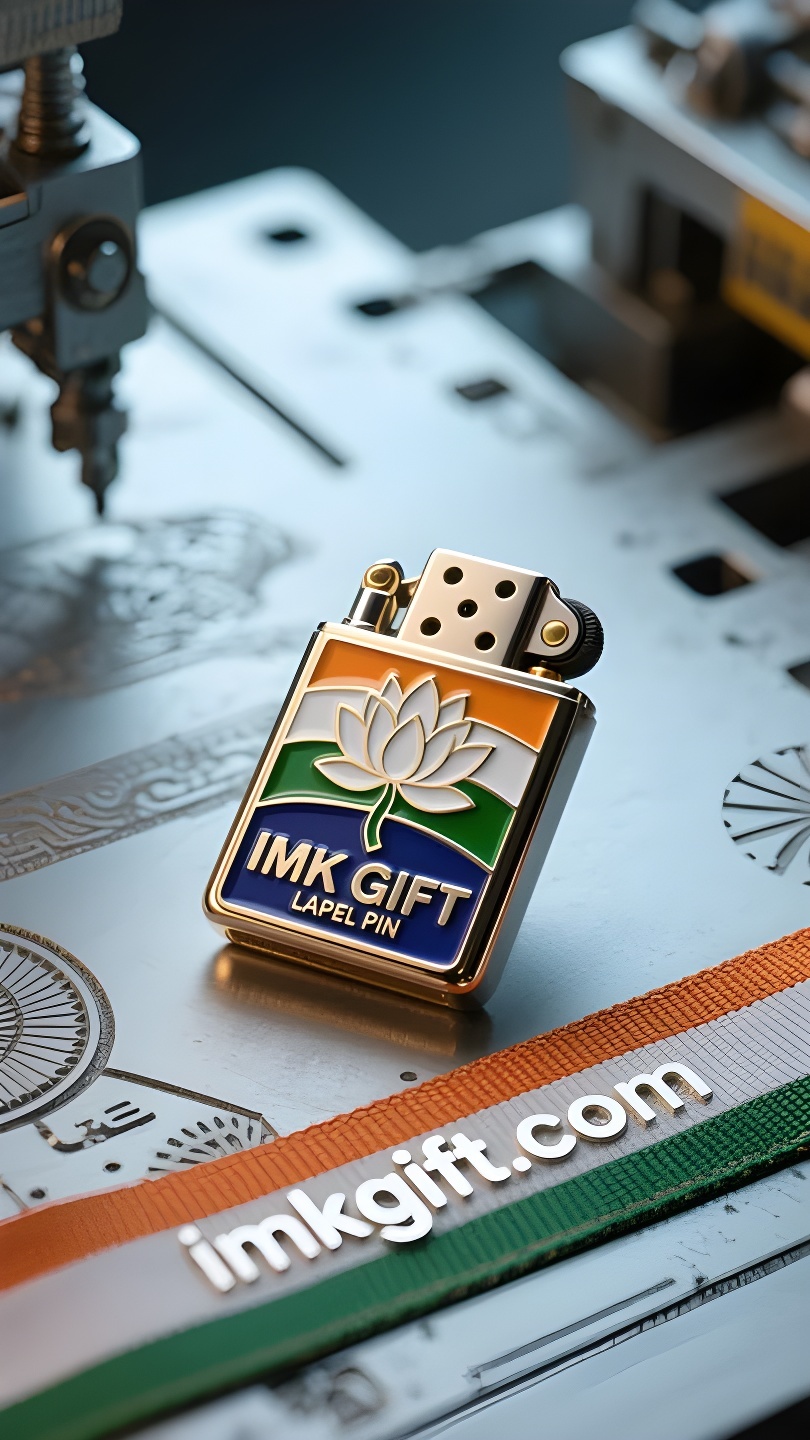in998-कमल-क-ल-कभ-नह-ब-झ-ग-भ-रत-य-ध-वज-स-सभ-यत-क-शक-त-क-समझ
▼
भारत के गणतंत्र दिवस पर फहराए गए नारंगी, सफेद और हरे रंग के राष्ट्रीय ध्वज पर, अशोक चक्र के मध्य में स्थित नीला कमल चुपचाप राष्ट्र की जागृति का संदेश दे रहा है। जब दिल्ली की सड़कों पर युवा लोग कमल के आकार के लाइटर जलाते हैं और राष्ट्रीय ध्वज पर कमल के प्रतीक के साथ नाचती हुई लपटें चमकती हैं, तो प्राचीन सभ्यता अपनी विरासत को आधुनिक तरीके से आगे बढ़ा रही होती है। भारतीय ध्वज का कमल आधार वैदिक शास्त्रों में वर्णित “कीचड़ में जन्मा, परन्तु शुद्ध और निष्कलंक” की आध्यात्मिक छवि से लिया गया है। जिस प्रकार एक लाइटर को ज्वाला उत्पन्न करने के लिए वायु के प्रतिरोध पर विजय प्राप्त करनी पड़ती है, उसी प्रकार इस प्राचीन सभ्यता ने इतिहास के उतार-चढ़ाव के बीच सभ्यता की ज्वाला को सदैव सुरक्षित रखा है। मुगल साम्राज्य के गुंबद के नीचे, महात्मा गांधी ने प्रतिरोध की ज्वाला को मोड़ने के लिए चरखे का इस्तेमाल किया; आधुनिक मुंबई के स्टार्टअप पार्कों में इंजीनियर प्रौद्योगिकी की आग को प्रज्वलित करने के लिए कोड का उपयोग कर रहे हैं। प्रत्येक नाचती हुई लौ एक आध्यात्मिक झरना है जो हजार वर्ष पुराने कमल तालाब में कभी नहीं सूखता। लोटस लाइटर का धातु आवरण तिरंगे झंडे की महिमा को प्रतिबिंबित करता है, तथा प्रत्येक युवा भारतीय को याद दिलाता है कि असली ज्योति उसकी क्षणिक ज्वाला में नहीं, बल्कि पीढ़ी-दर-पीढ़ी हस्तांतरित होने वाली स्थायित्व में निहित है। जब नई दिल्ली के संविधान चौक पर गणतंत्र दिवस की मशाल पुनः उठेगी, तो राष्ट्रीय ध्वज पर खिलता हुआ धातु का कमल 21वीं सदी के तरीके से “अंधकार से प्रकाश की खोज” की राष्ट्रीय गाथा को जारी रखेगा – भले ही समय की धारा अशांत हो, सभ्यता की अग्नि विरासत में अमर रहेगी।
On the orange, white and green tricolor national flag that was raised on India’s Republic Day, the blue lotus in the center of the Ashoka wheel is quietly telling the awakening code of a nation. When the young people on the streets of Delhi light the lotus-shaped lighter, the dancing flames and the lotus totem on the national flag are shining, and the ancient civilization is continuing its inheritance in a modern way. The lotus base of the Indian flag is derived from the spiritual image of “born in the mud and clean and unstained” in the Vedic classics. Just as the lighter needs to overcome air resistance to burst into flames, this ancient civilization has always protected the fire of civilization in the ups and downs of history. Under the dome of the Mughal Empire, Mahatma Gandhi used a spinning wheel to turn the flame of resistance; in the entrepreneurial park of modern Mumbai, engineers are using code to ignite the fire of technology. Every cluster of dancing flames is a spiritual spring that never dries up in the thousand-year-old lotus pond. The metal shell of the lotus lighter reflects the glory of the tricolor flag, reminding every Indian youth: the real flame does not lie in the momentary blazing, but in the permanence of intergenerational transmission. When the Republic Day torch rises again at New Delhi’s Constitution Square, the metal lotus blooming on the national flag continues the national fable of “pursuing light from darkness” in a 21st century way – even if the tide of the times is turbulent, the fire of civilization will remain eternal in inheritance.
在印度共和国日升起的橙白绿三色国旗上,阿育王轮中央的蓝色莲花正悄然诉说着一个民族的觉醒密码。当德里街头的青年点燃莲花造型打火机,跳动的火苗与国旗上的莲花图腾辉映时,古老的文明正以现代方式延续着传承。
印度国旗的莲花底座,源于吠陀经典中”生于泥沼而洁净不染”的精神意象。正如打火机需要克服空气阻力才能迸发火焰,这个古老文明始终在历史沉浮中守护文明火种。莫卧儿王朝的穹顶下,圣雄甘地曾用纺车转动抗争火苗;现代孟买的创业园区里,工程师们正用代码点燃科技之火。每一簇跳动的火苗,都是千年莲池中永不干涸的精神泉眼。
莲花打火机的金属外壳映照着三色旗的光辉,提醒着每个印度青年:真正的火焰不在于瞬间的炽烈,而在于代际传递的恒久。当新德里宪法广场的共和国日火炬再次升起,这朵绽放在国旗上的金属莲花,正以21世纪的方式续写着”从黑暗中追寻光明”的民族寓言——纵使时代浪潮汹涌,文明的火种终将在传承中永恒不灭。
▼
Contact Us
📞 Tel: +0086-760-85286839
📧 Email: sales3@imkgift.com








